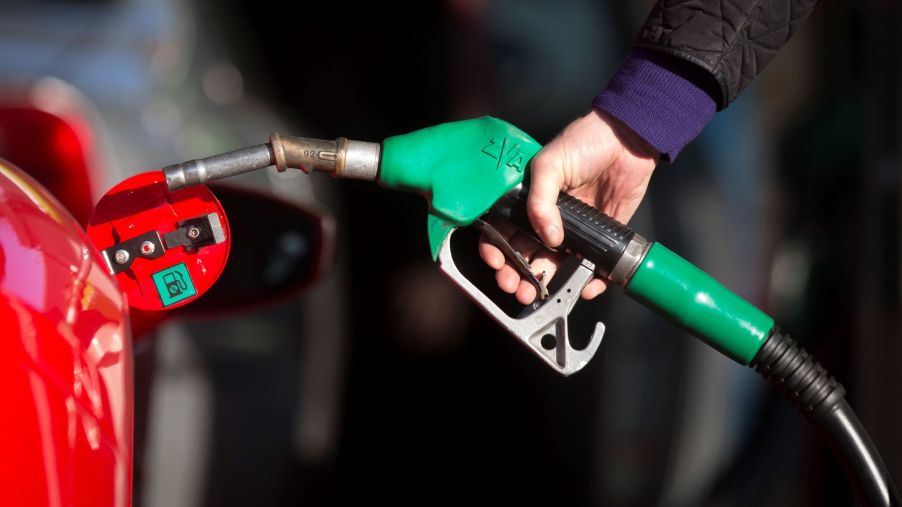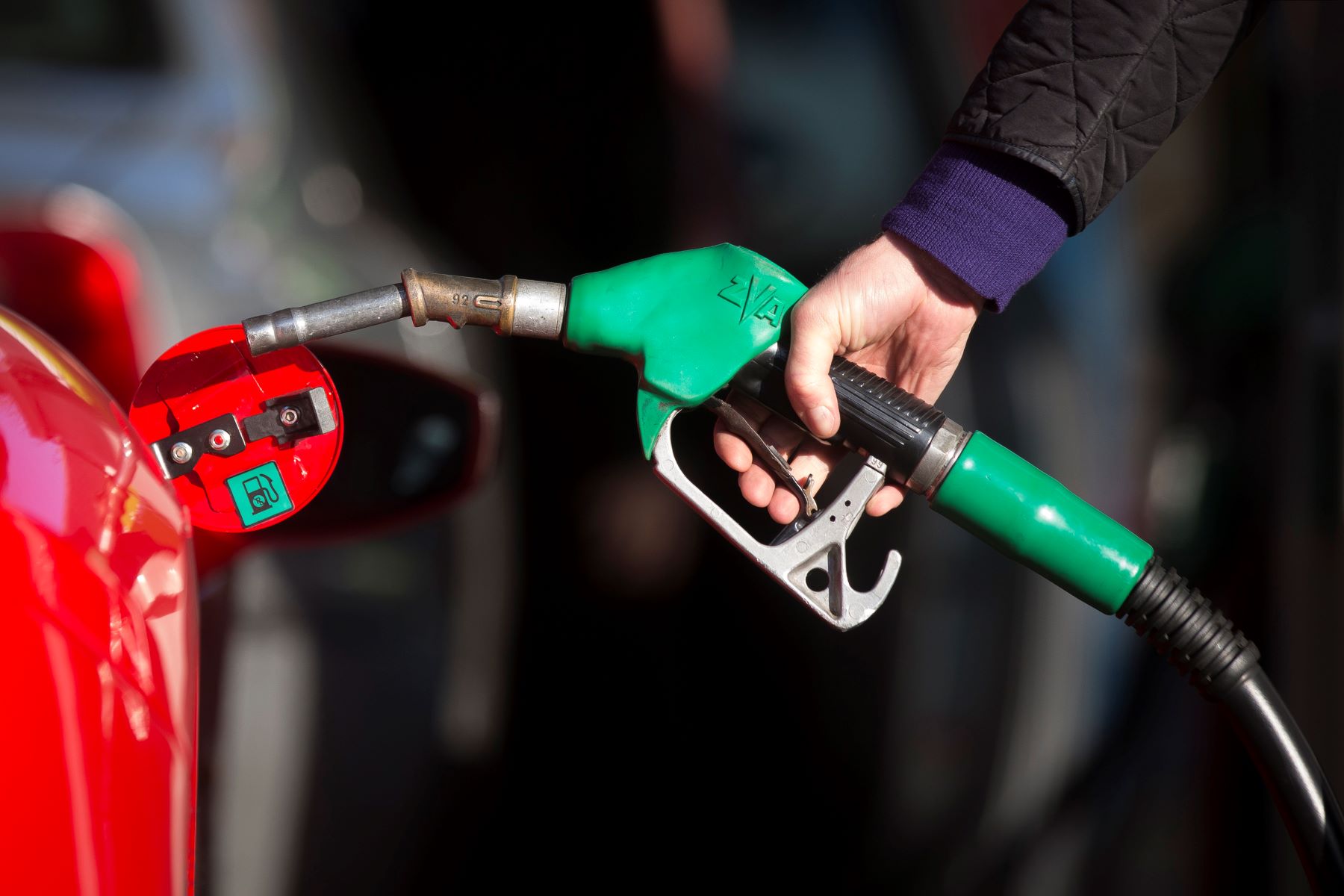
What Is the Difference Between Premium and Regular Gas?
One of the most important things to consider when buying a new car is its long-term ownership costs. A part of your ownership cost calculation is your total fuel costs. While there may be considerably less math if you’re buying an EV, you will need to do some back-of-the-napkin estimates if you’re purchasing a gas-powered vehicle, especially one with below-average fuel economy. You’ll also want to consider whether your prospective purchase requires premium or regular gasoline. Don’t know the difference? Here’s what you need to know.
What’s the difference between regular gas and premium gas?
It’s not uncommon for many longtime drivers not to know the difference between regular, plus, and premium fuel. Sometimes, you’ll even see premium plus (alternatively known as super or supreme) gas. After all, most cars take regular, with premium and premium plus usually reserved for more expensive and performance-focused vehicles. The difference between these three is their different levels of octane – another term whose definition many drivers don’t know.
As per Erie Insurance, octane measures a fuel’s compression. When we talk about octane, we’re talking about how much compression a particular fuel can take when placed in an engine without detonating. Fuels with higher octane numbers can take more compression than those with lower numbers. Automakers design engines with different compressibility to achieve different outputs. For example, high compression engines are generally designed to provide high power. However, they need high octane fuel to do so.
It’s important to note that a high-compression engine doesn’t produce relatively higher power because of the fuel itself. It does so because of the high compression the engine is designed to produce. However, to work properly, it needs high octane fuel. Using lower octane fuel can result in the engine not working properly or damage the engine over time.
What are the different octane levels?

At any gas station, you’ll see a cluster of three to four pumps with different octane levels. According to AAA, most of us drive cars that require regular gasoline. Regular gasoline has the lowest octane level, which is approximately 87. Next to regular gasoline, you’ll find what the U.S. Energy Information Administration refers to as midgrade fuel, which typically has an octane level of 89 to 90. You won’t find the word “Midgrade” on any pump. Instead, you’ll find midgrade fuel referred to as “Plus.”
You’ll also find premium gas next to midgrade. Premium gas is the highest octane level and typically has an octane level of between 91 and 94. However, sometimes, you’ll find a pump marked “Premium Plus” or “Supreme.” This fuel typically is over 93. It also costs more per gallon than with midgrade or regular—the lower the octane level, the cheaper the gas.
Regardless of the labels at the gas station, your owner’s manual will tell you what octane level of gas your car can safely use. Unfortunately, many drivers ignore the manual. In 2016, AAA estimated that Americans wasted $2.1 billion a year putting premium fuel in vehicles designed to work on regular gas. The study noted that drivers expected superior performance when using premium fuel. However, there was no difference in performance when doing so. AAA encourages owners looking for improved performance to purchase top-tier gas from high-quality fuel providers, as retail gas stations provide fuel that varies significantly in quality, regardless of octane level.
What about mixing gas?
While you can put premium gas in a car requiring regular gas (and waste money doing so), you should not put regular gas in a vehicle whose engine requires high octane fuel. Doing so can damage your engine. Additionally, if you have a vehicle requiring plus or premium gas and are on a tight budget, you may wonder if mixing regular and higher-octane gas might help you save a couple of bucks.
It’s not a good idea, as it will still damage your engine. No matter how much you save in the short-term, engine damage can be financially catastrophic. Moreover, mixing the two may void your warranty, leaving you to cover engine damage – and the cost of other, future repairs – on your own.
If you’re facing tough economic times and already have a vehicle that requires premium gas, it may be time for a downgrade. So, if you’re looking for a new car that requires premium fuel, especially one that doesn’t have excellent gas mileage, you should seriously consider whether you can afford it over the long term.


